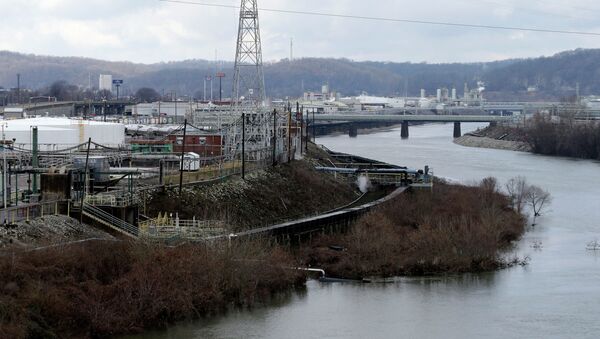The foam contains toxic and poorly studied substances, known as perfluorinated compounds (PFCs); the chemicals have been linked to health problems including testicular and kidney cancers, thyroid disease and high cholesterol in humans. The problem first emerged three years ago, when water surrounding naval bases in Willow Grove and Warminster, Pennsylvania, was found to be contaminated.
"But despite more than $150 million spent on the effort so far, the process has been slow and seemingly disjointed," reads a Stars and Stripes report on the issue, which notes that while the Air Force has managed to complete sampling on almost all of its bases, the Navy has finished barely 10 percent of its bases and the Army has not yet started the process.
The precise number of bases that have to be tested remains either undisclosed or unknown. Information about remediation timelines and cost is also limited.
Senator Bob Casey, D-Pa., has moved to amend the defense spending bill to push the Pentagon to provide information on all bases that used the foam.
But even with cleanup efforts, the chemicals already in soil or groundwater are likely to continue to leach into drinking water, experts say, meaning the problem could grow. Failing to start the decontamination procedure promptly may lead to the contaminant being washed away from the source by ground waters, making the job even harder.
"I am not going to be terribly surprised if, once a month for the next several years or something, we hear of a small community somewhere that was impacted," said Christopher Higgins, a top researcher and a professor at the Colorado School of Mines. "We're going to be dealing with this for quite some time."
The same foam has been used by civilian factories, airports and fire stations, but attention has focused on the military facilities because of extreme cases near bases where upwards of 60,000 residents were affected.



